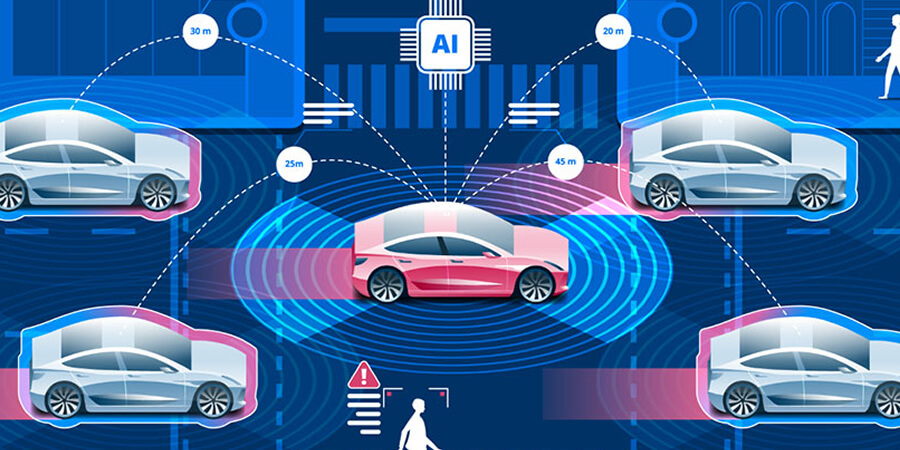The transportation industry is undergoing a remarkable transformation as innovative technologies revolutionize the way we move people and goods. Electric and autonomous vehicles have emerged as key drivers of this transformation, promising a cleaner, safer, and more efficient future. This article explores the future of transportation, focusing on the advancements in electric and autonomous vehicles, their benefits, challenges, and the potential impact on society and the environment.

1. Electric Vehicles (EVs):
Electric vehicles are reshaping the automotive industry by replacing internal combustion engines with electric motors powered by rechargeable batteries. With zero tailpipe emissions, EVs offer a cleaner and more sustainable alternative to traditional fossil fuel-powered vehicles. The advancement of battery technology has improved driving range and charging infrastructure, making EVs a viable option for everyday use. Benefits of EVs include reduced greenhouse gas emissions, lower fuel and maintenance costs, and enhanced energy efficiency.
2. Autonomous Vehicles (AVs):
Autonomous vehicles, also known as self-driving cars, have the potential to transform transportation by eliminating the need for human drivers. AVs are equipped with advanced sensors, artificial intelligence, and machine learning algorithms that enable them to navigate and interact with the environment autonomously. The benefits of AVs include increased road safety, improved traffic efficiency, reduced congestion, and enhanced accessibility for people with mobility limitations. Additionally, AVs have the potential to optimize fuel consumption, as their operation can be fine-tuned for efficiency.
3. Integration of Electric and Autonomous Technologies:
The convergence of electric and autonomous technologies holds great promise for the transportation sector. Electric powertrains provide a clean energy source for autonomous vehicles, reducing reliance on fossil fuels and contributing to a more sustainable transportation system. The efficient energy use of electric vehicles also aligns well with the energy demands of autonomous systems, enabling longer driving ranges and extended operating times. The integration of these technologies can lead to a greener and more efficient transportation ecosystem.
4. Environmental and Health Benefits:
The widespread adoption of electric and autonomous vehicles can significantly reduce greenhouse gas emissions, air pollution, and noise pollution. EVs produce zero tailpipe emissions, improving air quality and mitigating the negative health impacts associated with traditional combustion engines. Additionally, the increased efficiency and coordination of AVs can optimize traffic flow, reducing congestion and further lowering emissions.
5. Infrastructure and Adoption Challenges:
The transition to electric and autonomous vehicles does come with challenges. The expansion of charging infrastructure is crucial to support the widespread adoption of EVs. Governments and industries need to invest in the development of a robust charging network that is convenient, fast, and accessible. Similarly, the deployment of autonomous vehicles requires infrastructure upgrades, including advanced communication systems and dedicated lanes. Additionally, issues related to safety regulations, liability, cybersecurity, and public acceptance need to be addressed to ensure a smooth transition to autonomous vehicles.
6. Socioeconomic Implications:
The adoption of electric and autonomous vehicles will have profound socioeconomic implications. The transformation of transportation could disrupt traditional industries, such as fuel production and traditional automotive manufacturing, while creating new opportunities in areas like electric vehicle production, charging infrastructure development, and mobility services. The shift towards autonomous vehicles may also impact employment in the transportation sector, requiring reskilling and the creation of new job roles related to vehicle management, maintenance, and software development.

Conclusion:
The future of transportation is undergoing a significant transformation driven by innovations in electric and autonomous vehicles. The integration of these technologies has the potential to revolutionize mobility, reducing emissions, enhancing road safety, and improving efficiency. However, the widespread adoption of electric and autonomous vehicles requires addressing infrastructure challenges, ensuring safety and security, and navigating the socioeconomic implications. As technology continues to evolve, collaboration between governments, industries, and society is crucial to realizing the full potential of electric and autonomous vehicles
and creating a sustainable and efficient transportation future.